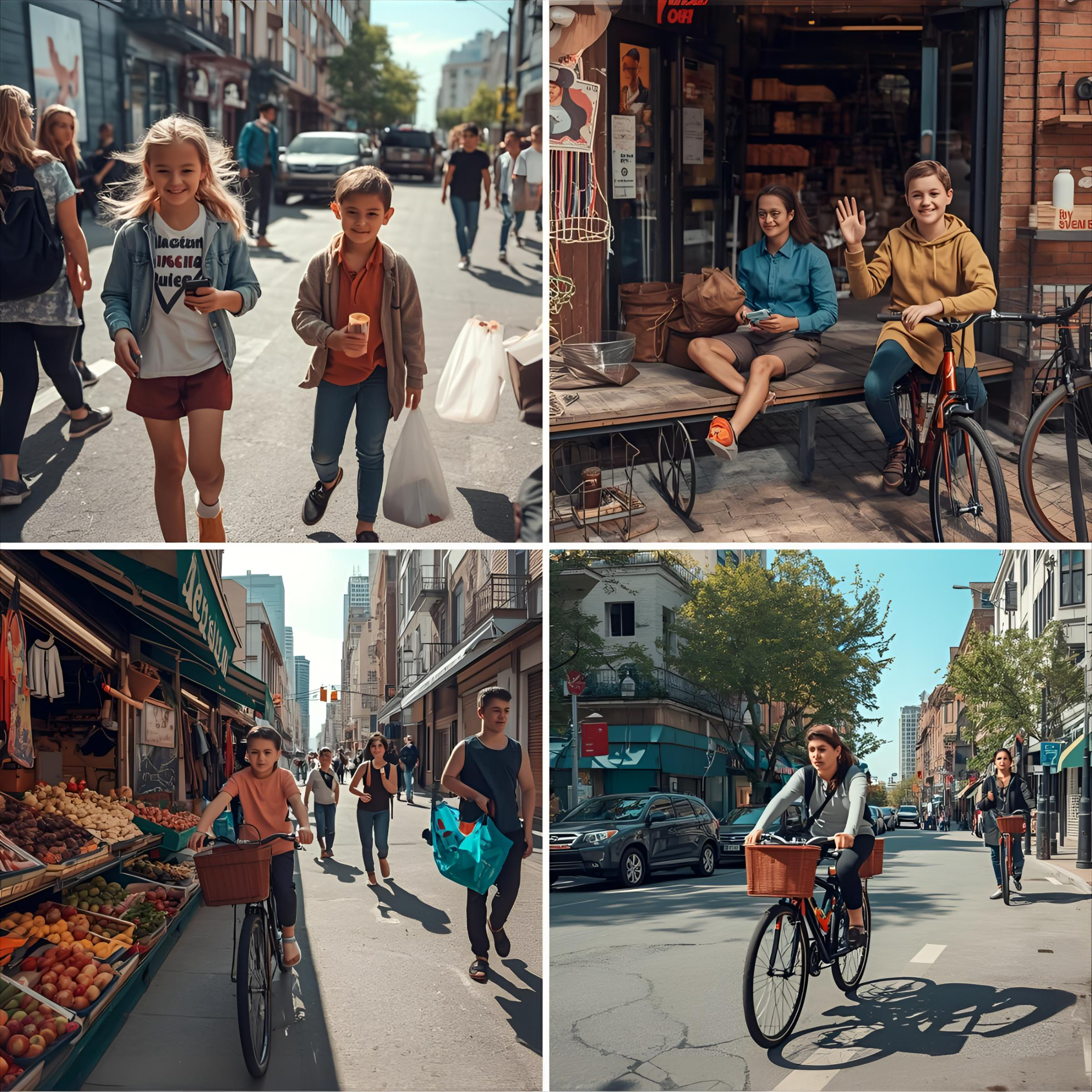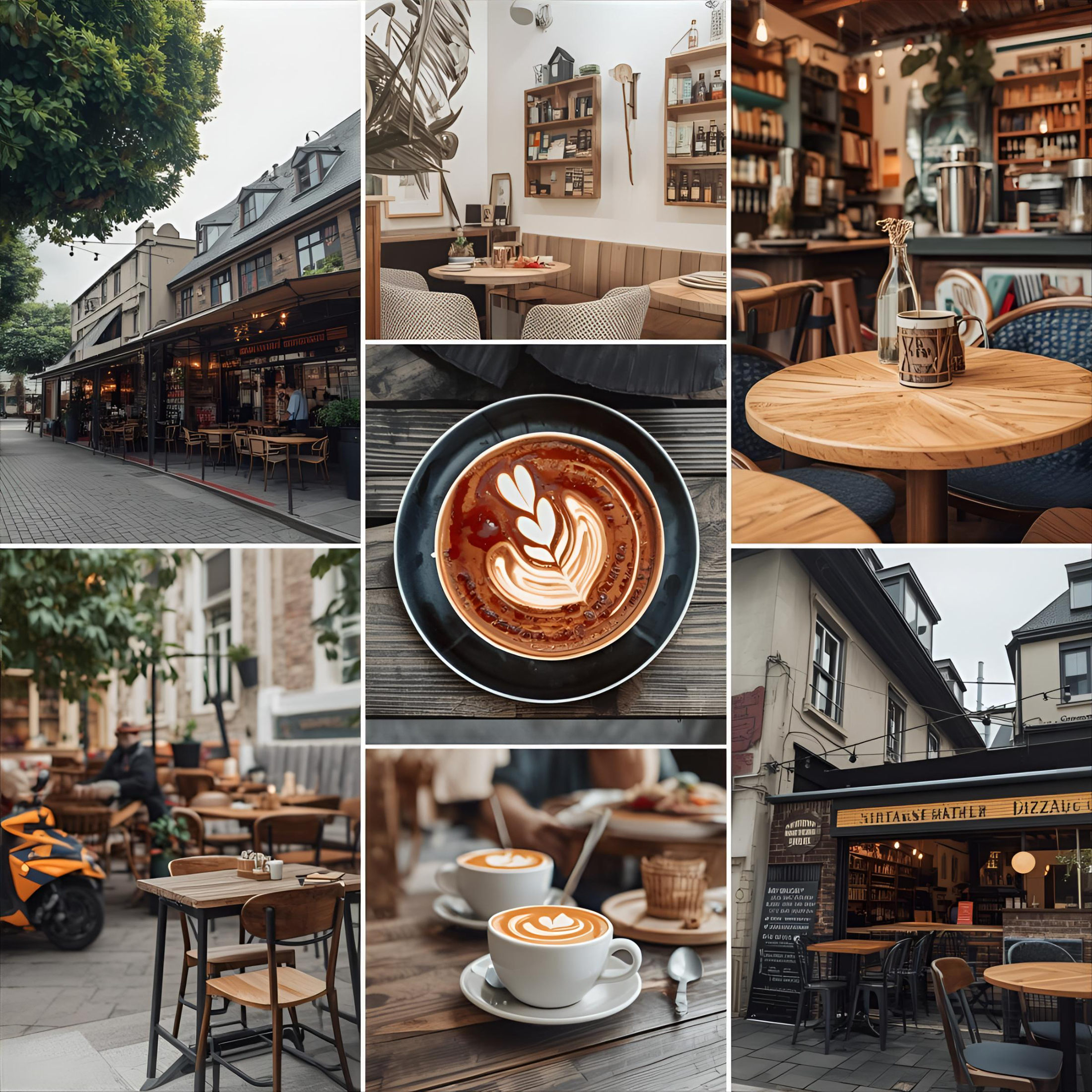The Manitoba real estate market is full of opportunities, but it’s also full of misconceptions that can confuse buyers and sellers. Whether you’re buying your first home, upgrading to your dream property, or selling to downsize, it’s important to separate fact from fiction. Believing in myths can cause unnecessary stress—or even cost you money.
As a Winnipeg real estate agent, I’ve seen firsthand how misinformation can hold people back. So let’s clear the air by debunking some of the most common real estate myths in Manitoba, Canada.
Myth #1: You Need a 20% Down Payment to Buy a Home
One of the biggest misconceptions is that buyers need to save 20% of a home’s price before they can buy. While putting down 20% has its benefits (like avoiding mortgage default insurance), it’s not a requirement.
In Manitoba, you can purchase a home with as little as 5% down if it’s your primary residence. First-time homebuyers also have access to federal programs that make ownership more attainable.
👉 Curious about what you can afford in Winnipeg? Start your home search today.
Myth #2: It’s Always Better to Wait for the Market to Drop
Many people believe the best time to buy is when prices fall. The truth? Timing the market is nearly impossible. Interest rates, housing supply, and buyer demand are constantly changing.
Instead of waiting, focus on whether buying now makes sense for your lifestyle and long-term goals. Even in a competitive market, the right home can still be a smart investment.
👉 Want expert advice on the right time to buy? Let’s connect.
Myth #3: Selling Your Home Yourself Will Save You Money
Some sellers think they’ll save thousands by going “For Sale by Owner” (FSBO). But selling without an experienced real estate agent often leads to longer listing times, lower sale prices, and costly mistakes.
In Manitoba, a REALTOR® brings local market knowledge, negotiation skills, and marketing strategies that can help you sell faster and for more money.
👉 Thinking of selling? Discover your home’s value here.
Myth #4: The Asking Price is Always What You’ll Pay
It’s easy to assume that the list price is the final price, but that’s rarely the case. Depending on the market, homes can sell for above or below asking. Bidding wars, market trends, and negotiation strategies all play a role.
Working with an agent ensures you know when to negotiate, when to walk away, and when to make your strongest offer.
👉 Want a winning strategy for buying in Winnipeg? Check out current listings.
Myth #5: All Renovations Add Value to Your Home
Not every renovation will give you a return on your investment. While upgrades like kitchens and bathrooms can boost resale value, overly personalized changes (like luxury pools or niche design features) may not appeal to buyers.
Before renovating, it’s best to consult with a local agent to understand which improvements will actually increase your home’s marketability.
👉 Wondering which upgrades pay off in Manitoba? Let’s chat about your options.
Myth #6: Spring is the Only Good Time to Buy or Sell
While spring is traditionally a busy real estate season, Manitoba’s market is active year-round. Homes sell in winter, summer, and fall—all with their own advantages. For example, fewer listings in winter can mean less competition for sellers and more serious buyers.
Don’t wait for spring if the timing is right for you—opportunities exist in every season.
👉 Looking to make a move soon? See the latest Winnipeg listings now.
Myth #7: You Don’t Need a Home Inspection
Some buyers believe skipping a home inspection will help their offer stand out. While this might work in a competitive bidding situation, it can also lead to unpleasant surprises after closing.
A professional inspection helps you understand a property’s true condition and avoid unexpected repair costs.
👉 Ready to buy with confidence? Start your journey here.
Why Debunking These Myths Matters
Real estate is one of the biggest financial decisions you’ll ever make. Falling for myths can delay your goals, cost you money, or cause unnecessary stress. By knowing the truth, you can make smarter, more confident decisions whether you’re buying or selling in Manitoba.
As your trusted Winnipeg real estate agent, I’m here to guide you through the process, answer your questions, and make sure you feel supported every step of the way.
👉 Want to separate fact from fiction in your real estate journey? Connect with me today.
Final Thoughts
Manitoba’s real estate market has its challenges, but it’s also full of opportunities. Don’t let common myths hold you back from finding the perfect home or selling at the right price.
With the right guidance and local expertise, you can navigate the market confidently and achieve your goals.
👉 Start your Winnipeg home search today at tysellswpg.com.













